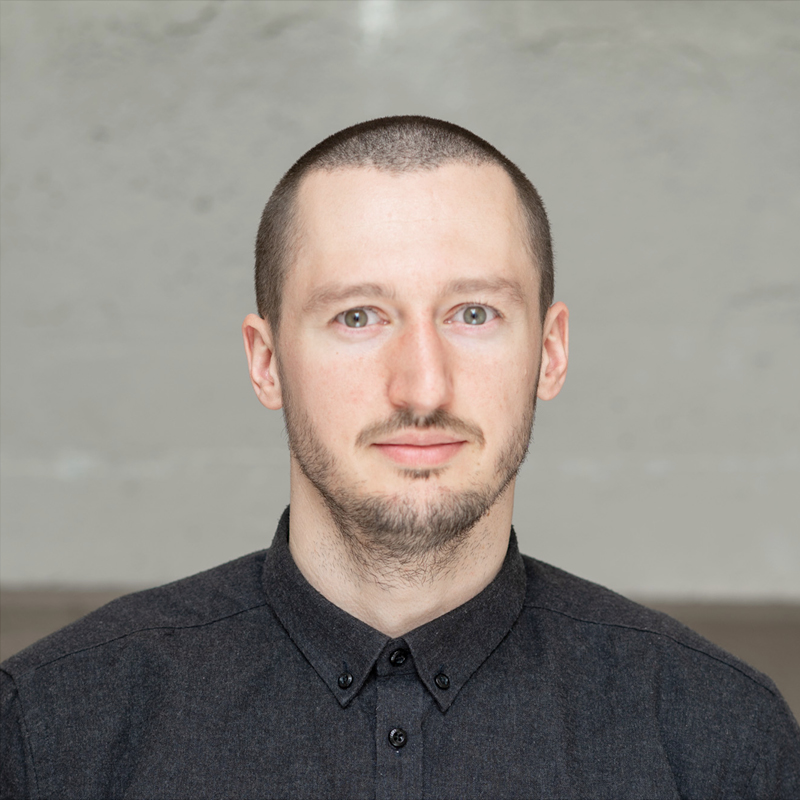How to choose a visualization studio?
It’s not an easy task, especially if you are doing it for the first time. In this article, I will reveal the secret of how to make sure the visualization office will suit your needs. How to choose wisely? Just follow five important rules.
1. Determine the purpose
Do you need images for a competition, a tender, or for an investor such as a municipality or developer? Are they going to be exterior, interior or aerial visualizations? Will it be a residential, commercial, public or landscape project? Is it a single site, building or master plan?
2. Evaluate the portfolio
See if the company you want to work with has experience with these types of projects and see what the results have been. It’s best to review their website and social media channels, such as on Instagram or LinkedIn. This will give you an initial idea of their aesthetics. Take note if their visual communication is clear and if it speaks to you. This is the first step to determining if the company is committed to quality.
Remember that graphics and overall impression are not everything. Find out if their team is capable and experienced enough to take on your tasks. A solo CG artist is not always enough to portray a building or facility in the right way. It is important that visualization studios have architects and photographers who add value and understand the industry.
3. Define your role
The standard production time for visualizations is two weeks. Do you want to decide for yourself and know exactly how the visualizations should look like? Do you have a clear vision of the frame and mood in your head, or would you rather rely on an outsourcing company and expect suggestions from them? Or maybe both? This is important because not all companies provide consulting services, so it’s a good idea to ask about this at the meeting. You will avoid disappointment later on.
4. Ask about the process
– What does the process look like? Are there any reviews and how many? How is communication done? What are their capabilities and timelines for completion?
– Pay attention to whether they are proposing an action plan. This means they are taking the initiative to lead the project and have control over the process.
– Make sure you have a designated person to work with. Remember that you may be asked to do the same. This is a great way to facilitate communication.
– Find out what the deadline is for submitting the final 3D model? This is insanely important, especially if you are working on a project until the last minute.
5. Check the contract
Ask for the contract so you can see the details of the collaboration. Don’t be afraid to ask questions. You need to be aware if there are any additional fees in case of project changes or other unforeseen situations.
Summary
As you can see, there are many things you need to keep in mind to avoid failure and disappointment when working with a visualization company.
I encourage you not to make hasty decisions. Take your time and collaborate with the right studio with whom you can present your project in the most beneficial way.
Thank you for reading this article. If you think of any questions or have any doubts I invite you to contact me directly. I will be happy to meet you on video so I can tell you more.

Filip Kurasz
Advisor, CGI Art Director, Architect
co-owner of ELEMENT VISUALIZATIONS
He believes that creating memorable visualizations is a process whose success consists of many factors. During his career, he has acquired design, photography and graphic design competences and in 2015 he combined them by opening a company that creates visualizations for architects, developers and product companies. Together with his team, he helps companies around the world increasing their recognition in the media, competitions and tenders.








